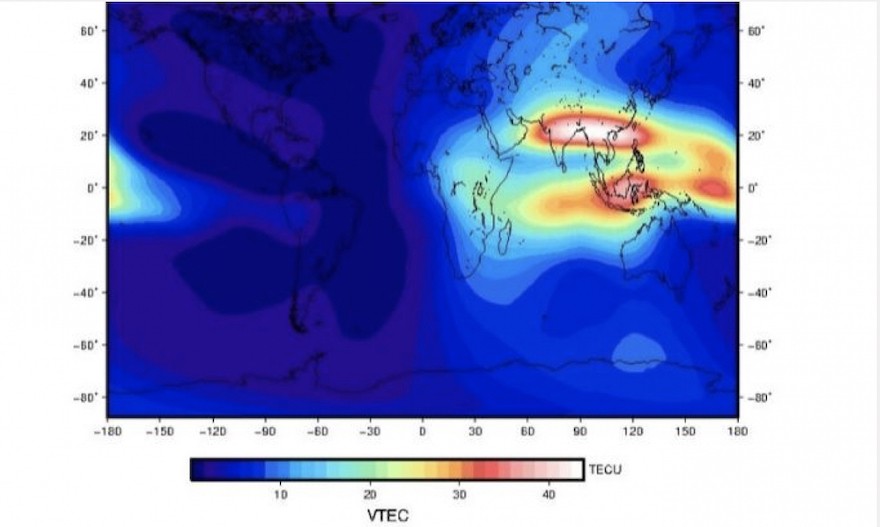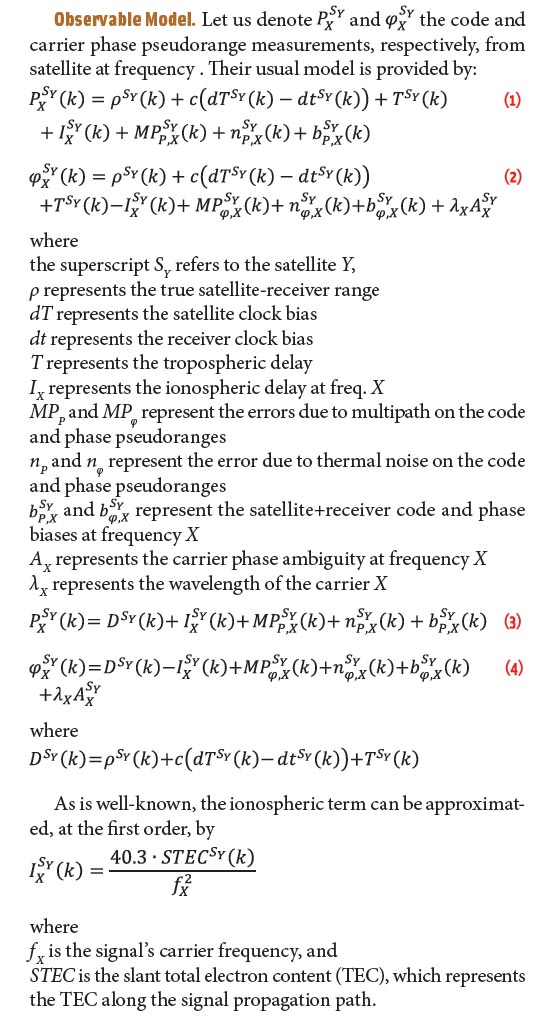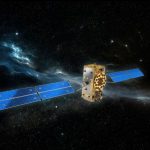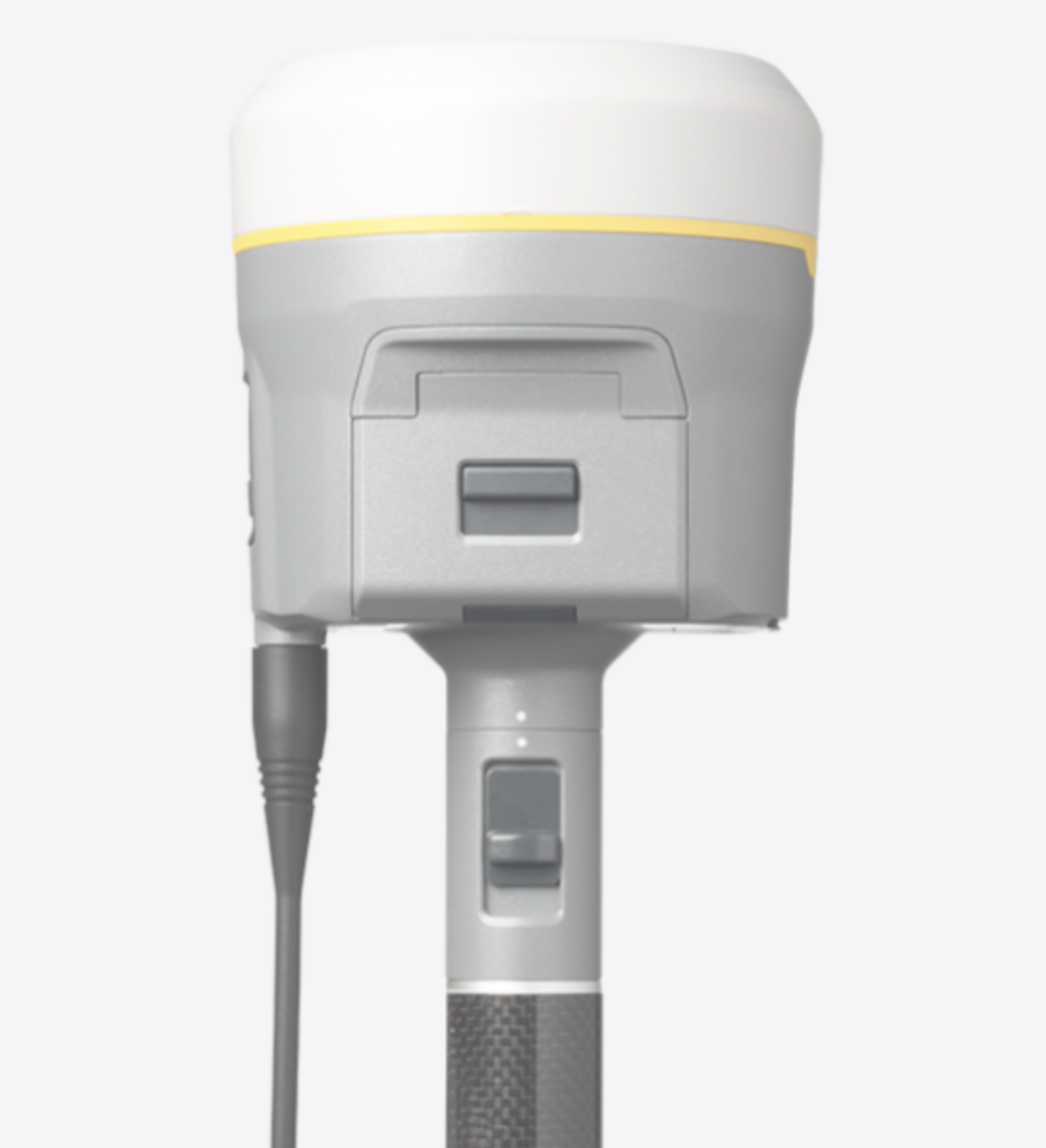A version of the NeQuick G ionospheric model algorithm to help single-frequency receivers to estimate and correct for the ionospheric propagation delay is now available for download from the Galileo Service Center (GSC) website). Using a new coding approach, this version is the result of intensive effort by engineers at the EU’s Joint Research Centre.
NeQuick-G is the ionospheric model adopted by the Galileo system to help to compute the ionospheric delay corrections for single-frequency users. NeQuick is a three-dimensional and time-dependent ionospheric electron density model based on an empirical climatological representation of the ionosphere, which predicts monthly mean electron density from analytical profiles, depending on solar activity-related input values: sun spot number or solar flux, month, geographic latitude and longitude, height and Universal Time (UT).
GNSS signals travelling through the ionosphere can be significantly delayed by the electrical charges in this atmospheric layer before reaching the users’ terminal. To compensate for this delay in the signal, Galileo receivers integrate a dynamic model of the ionosphere composition known as the NeQuick G model. Receiver manufacturers can now benefit from a version of the NeQuick G correction algorithm that implements a new coding approach.
According to a paper in the June 2019 issue of “Advances of Space Research” by Ang Liu and co-authors, NeQuickC, an earlier version of the software, can mitigate ionospheric delay by 70–74%.
[Figure above: Global ionospheric map calculated with NeQuick G for the 18 09 2019 at 07 UT (DOY 261, 2019).]
The European Union’s Joint Research Center (JRC) concluded its work recently after successful rigorous testing in the framework of the gLAB tool, a GNSS software suite from the Universitat Politecnica de Catalunya. This version of the code has been designed to be highly modular, rendering it more legible for a potential programmer with no specific knowledge about signal propagation in the ionosphere. A library has been also developed to enable its quick integration into existing applications.
This software will be released as free and open source software under the terms of the European Union Public Licence (EUPL), version 1.2. The open-source code is now ready to be implemented on single-frequency platforms and can be used on a global scale without limitation under the EUPL. This freedom should contribute to a wider adoption of the NeQuick G model at user level.
This version of the NeQuick G code is available for download on the GSC website: register here, then download the software here.





